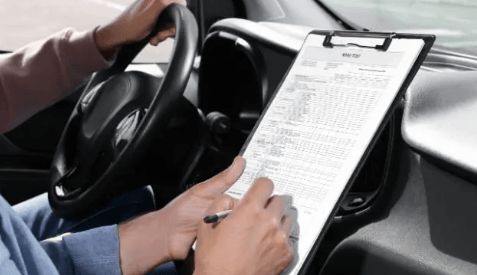QMH Driving School: Requirements and Advice for Returning Drivers

Introduction;
You can schedule your practical driving test once you’ve passed the written exam and received an RD-conditional license and Return Driver (RD) certificate. The practical driving test evaluates a driver’s handling skills and road navigation confidence. After completing the test, the motorist can apply for a license to drive unattended. The driver will be issued an open, probationary, or provisional license, depending on the kind of license they currently possess at the time of application. Your license will be reissued with the new class added if you currently have a provisional, probationary, or open license at the time of application. Find more information on the QMH Driving School website.
The Transport Department now states that returning drivers with a medical condition that could impair their driving ability must get a medical certificate. For instance, heart disease, stroke, dementia, epilepsy, seizures, or issues with the eyes or vision. Your fitness to drive must be stated on your medical certificate.
Returning Tips;
After a long layoff, you may feel nervous and afraid to drive again as a returning driver. You must take the following essential actions to help you restore your confidence and relax behind the wheel.
1. Before taking on longer drives, start with shorter ones to gain confidence. Returning drivers are frequently advised to begin with brief trips to rebuild their trust on the road. Driving through well-known neighborhoods, parking in vacant lots, or even just going around the block a few times are examples of this. You can progressively start taking longer drives as you gain confidence and familiarity. Before trying longer excursions, it is crucial to take the time to regain a solid driving foundation. This can assist in reducing the likelihood of accidents and improving road safety.
2. Use defensive driving strategies given by QMH Driving School, such as keeping a safe following distance, assessing the road ahead, and anticipating other vehicles’ movements.
3. Take breaks as needed to prevent driver fatigue. If you want to drive as much as you can, you might feel pressured to get back on the road quickly, which could impair your alertness. However, putting your safety first when driving is crucial, and taking the right pauses to prevent driver fatigue is one method.
4. Maintain your car with regular tire rotations, brake inspections, and oil changes. This will help you feel less anxious when you take a practice drive, allowing you to concentrate entirely on driving on the road.
5. Keeping abreast of any changes to traffic regulations or road conditions is crucial. You can accomplish this by reading transportation-related news stories or by subscribing to alerts from your local transportation department. You should also attend a refresher course and review the driver’s manual to ensure you are ready for the road. Taking a few driving lessons may make you far more knowledgeable and self-assured when driving.
Conclusion;
Although getting back on the road can be frightening, the transition can be facilitated by getting ready and boosting your confidence. Always remember that your safety should come first when you’re driving. Find more essential tips on the QMH Driving School.




